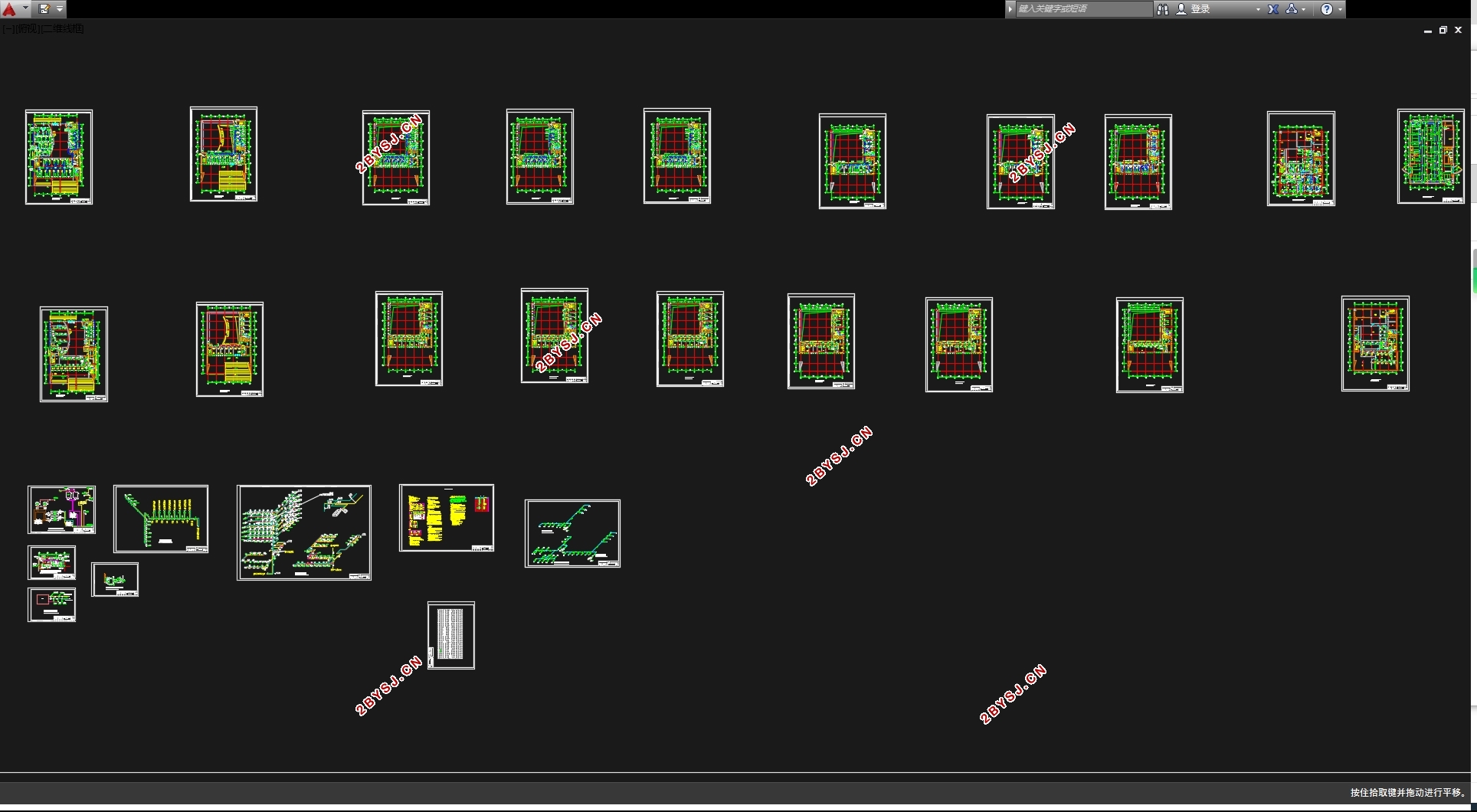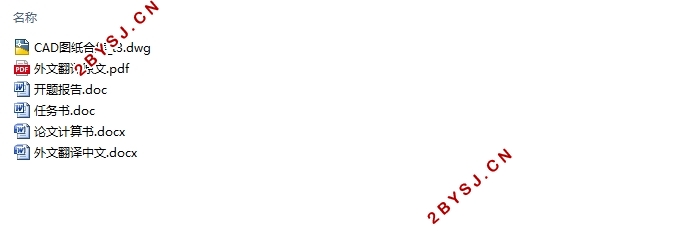上海地下两层地上八层16350平米某大厦通风空调设计(含CAD图)
无需注册登录,支付后按照提示操作即可获取该资料.
上海地下两层地上八层16350平米某大厦通风空调设计(含CAD图)(任务书,开题报告,外文翻译,论文计算书18000字,CAD图27张)
摘 要
本工程为上海某大厦空调设计,地下两层,地上八层,总建筑面积16350平方米。地下二层为车库,地下一层为餐厅和健身房,地上八层为办公室、会议室、接待室等房。地下二层需做通风设计,以上九层层做空调设计。本设计中主要为办公室、会议室等房间,采用风机盘管加新风系统,水系统采用闭式双管异程系统,楼梯间采用自然排烟形式。上海地区夏季需要供冷,冬季对供热要求不高,冷热源采用冷水机租加锅炉的组合,采用锅炉做备用供热。本设计对空调系统的消声减振、管道保温防腐等也做了一定的讨论。
关键词:风机盘管加新风系统 水系统 冷水机组加锅炉 通风
Shanghai Jintai Building Air Conditioning Design
Abstract
This project is an air-conditioning design for Shanghai Jintai Building, with two underground floors and eight floors above ground with a total construction area of 16,350 square meters. The second floor is a garage, the first floor is a restaurant and a gym, and the ground floor is an office, conference room, and reception room. The second floor underground needs to be designed for ventilation. The above nine floors are designed for air conditioning. In this design, mainly offices, conference rooms and other rooms use fan coils plus a fresh air system. The water system adopts a closed two-pass relay system and the stairwell adopts the natural exhaust system. In the summer of Shanghai, cooling needs to be applied, and in the winter, the demand for heating is not high. The combination of cold and heat sources uses a combination of chilled water heaters and boilers, and boilers are used as backup heating. The design of the air conditioning system noise attenuation, pipe insulation and corrosion also made a certain discussion.
Keywords: Fan-Coil Unit with Fresh Air Systems; Water system;Chiller rental and boiler ; Ventilatio
工程概况
该建筑位于上海市,大厦是由商务办公、会议室、餐厅等功能组成的综合楼。地下共两层,地上共八层,总建筑总面积为16350平方米,地下2层为停车库,地下1层为餐厅和健身房,地上八层作为办公用房。







目录
第一章 设计概况 1
1.1 工程概况 1
1.2设计依据 1
1.2.1 设计任务书 1
1.2.2设计规范及标准 1
1.2.3基本气象参数 1
1.2.4 室内设计参数 2
1.3 设计原则 2
第二章 负荷计算 3
2.1围护结构选取依据 3
2.1围护结构的选取 4
2.2空调房间负荷计算 5
2.2.1外墙和屋顶负荷计算方法 5
2.2.2窗户负荷计算方法 5
2.2.3设备、照明和人体散热得热形成的冷负荷 6
第三章 空气处理设备的选取 10
3.1空调方案的选取 10
3.2 风机盘管+新风系统 10
3.2.1风盘加新风系统介绍 10
3.2.2贵宾室负荷计算 11
3.3新风机组选型 13
第四章 气流组织计算 22
4.1气流组织计算的目的 22
4.2 贵宾室气流组织计算 22
第五章 风系统水力计算 25
5.1.水力计算的目的 25
5.2风机盘管+新风机组系统风管水力计算 25
5.2.1 一层风机盘管+新风水力计算 26
5.2.2.三层新风管段水力计算 29
5.2.3八层风管阻力计算 30
第六章 空调水路水力计算 33
6.1 空调水系统的选择 33
6.2 管材的选择和连接 34
6.3 冷冻水系统 35
6.3.1.管径计算方法 35
第七章 冷热源设计 46
7.1 冷热源方案的选择 46
7.1.2选型原则: 46
7.2冷水机租的选型 47
7.3冷冻水循环水泵选择 48
7.3.1水泵扬程计算 48
7.3.2计算冷冻水泵的耗电输冷(热)比EC(H)R 49
7.3.2冷冻水补水泵 50
7.4冷却水循环泵选取 50
7.5.1 冷却水补水泵 51
7.5 冷却塔的选型 52
7.6膨胀水箱容积的确定 52
7.7软水箱的选择 53
7.9锅炉选择 53
7.9.1 热负荷计算 53
7.9.2锅炉选型 54
7.9.3锅炉给水泵选型 55
第八章 排风通风计算 56
8.1地下车库排送风量计算 56
8.2选取风口 56
8.3送风系统水力计算 57
8.4排风系统水力计算 58
8.5风机选择 59
8.6车库排烟 59
8.7厨房通风 60
8.8卫生间排风、屋顶排烟 60
8.9楼梯间自然排烟与压送风 61
第九章 管道保温与防腐 62
9.1 保温 62
9.1.1保温的目的 62
9.1.2保温厚度的要求 62
9.1.3保温材料的确定 62
9.1.4水管保温 62
9.1.5风管保温 62
9.2防腐设计 63
设计依据 64
